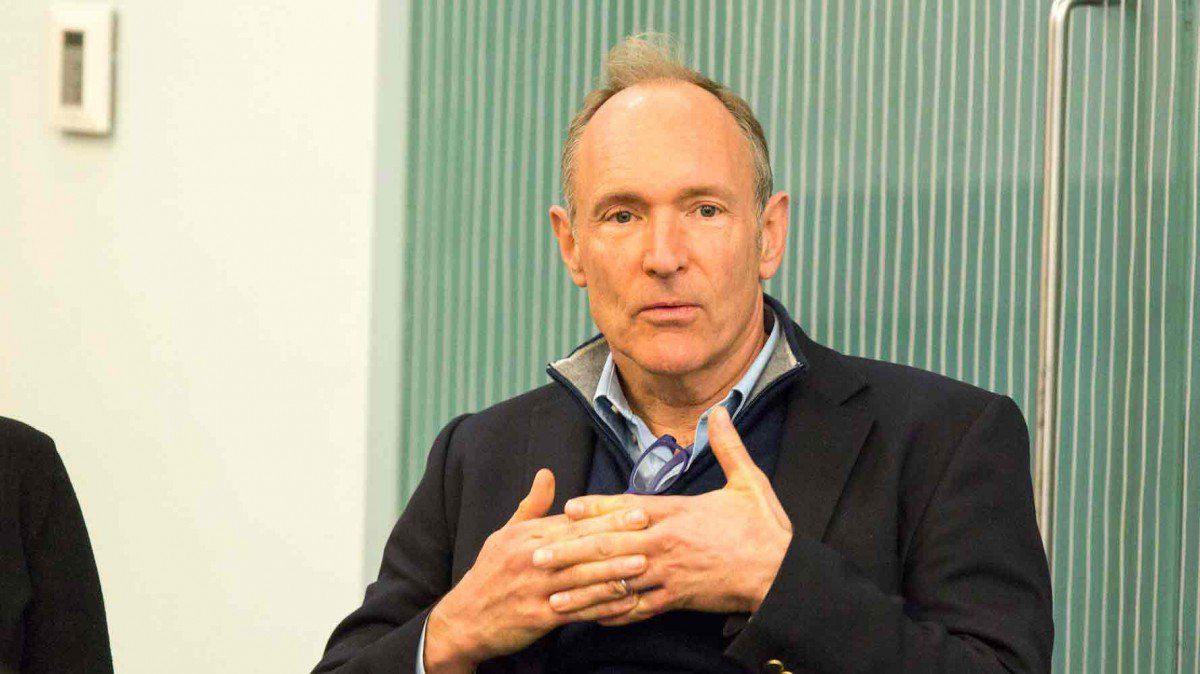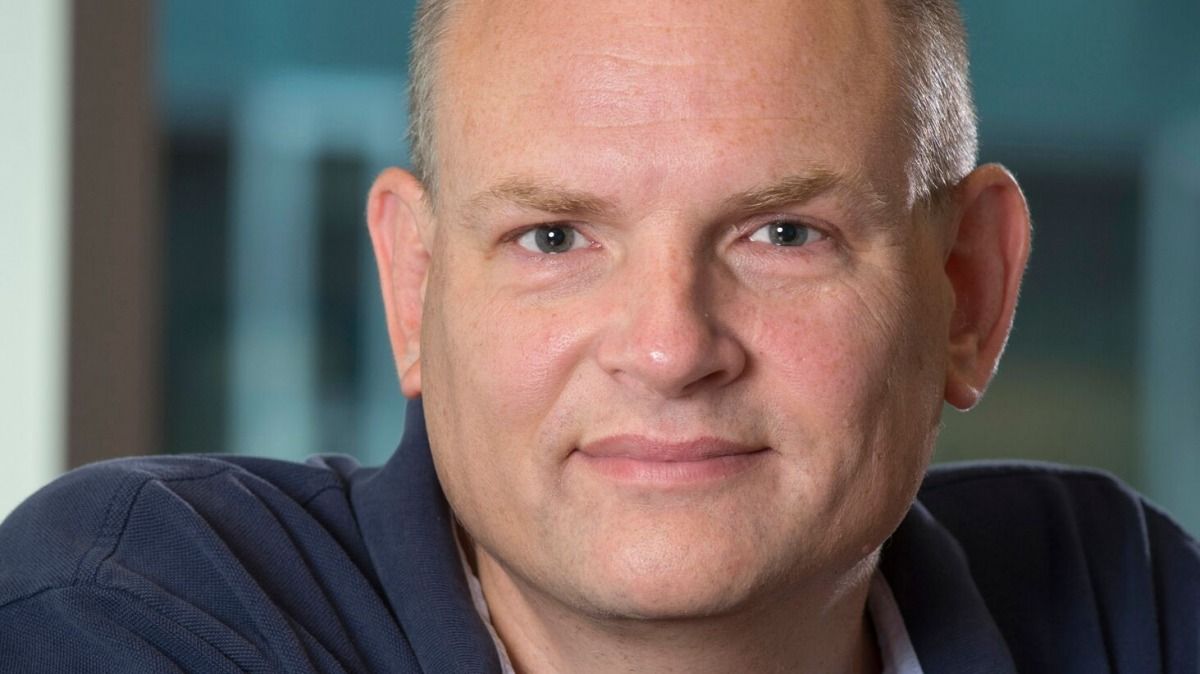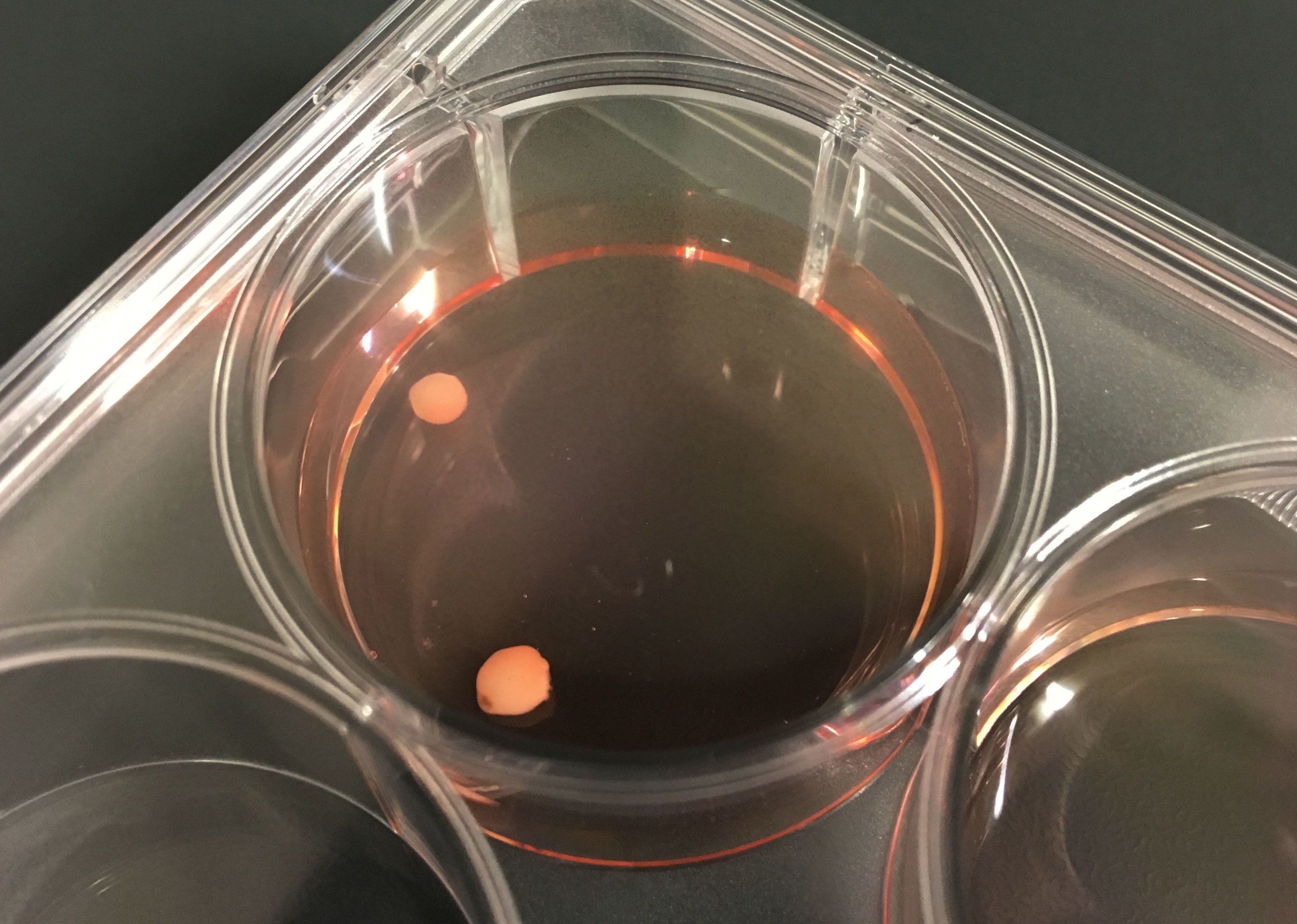Page 9273
Dec 6, 2018
Amazon founder gives $15 million to Catholic Charities
Posted by Michael Lance in category: futurism
The selected organizations, Bezos explained, “are working on a number of initiatives that support families in need.” Check it out:
Washington D.C., Dec 5, 2018 / 03:30 pm (CNA).- Three Catholic charitable organizations were named as winners of $5 million grants from the charitable organization of Jeff and MacKenzie Bezos.
Dec 6, 2018
Jan Gruber – Looking at synergistic effects in longevity therapies
Posted by Steve Hill in categories: biotech/medical, life extension
And his team at Yale-NUS have recently completed a detailed set of studies looking at eleven of the most promising anti-aging single drugs, using nematode worms (C. elegans) as their model organism.
Drug synergy found to increase lifespan in worms
Even though testing the effects of single drugs on health and longevity in various organisms is challenging by itself, and testing multiple drugs and their synergistic effects can be a logistical and statistical nightmare, they found some surprising results, including up to a 96 percent increase in lifespan [1]. As they conclude in their new paper:
Dec 6, 2018
Tim Berners-Lee wants to remake the web to help you protect your data
Posted by Michael Lance in category: internet
Its success will hinge on whether enough people adopt it beyond just hard-core techies.
The World Wide Web’s inventor, Tim Berners-Lee, has launched a way to make it easier for people to control their personal data. Will it take off?
The news: Berners-Lee is working with people at MIT and beyond on a startup called Inrupt, which runs an open-source project, Solid, that hands you back control over your own data.
Continue reading “Tim Berners-Lee wants to remake the web to help you protect your data” »
Dec 6, 2018
AI is not “magic dust” for your company, says Google’s Cloud AI boss
Posted by Michael Lance in categories: business, robotics/AI
Toink?
Andrew Moore says getting the technology to work in businesses is a huge challenge.
Dec 6, 2018
NASA Contest: Design the Gateway Program Graphic
Posted by Michael Lance in category: astronomy
Under Space Policy Directive-1, NASA has been charged with leading a “sustainable exploration of the Moon together with commercial and international partners.”
In response to this bold directive, NASA is working with U.S. and international partners to lead the development of the first permanent human spaceship in orbit around the Moon, known as the Gateway. The Gateway will be a part-time home and office for astronauts farther in space than humans have ever been before.
The Gateway will be important to building a permanent human presence on the Moon. Astronauts will visit at least once per year, living and working aboard the spaceship in deep space for up to three months at a time. NASA is looking at options for astronauts to shuttle between the Gateway and the lunar surface, to explore new locations across the Moon. Even before our first trip to Mars, astronauts will use the Gateway to train for life far away from Earth, and we will use it to practice moving a spaceship in different orbits in deep space.
Continue reading “NASA Contest: Design the Gateway Program Graphic” »
Tags: art, design, Freelancer, graphics, NASA
Dec 6, 2018
Double the stress slows down evolution
Posted by Xavier Rosseel in categories: biotech/medical, evolution, genetics
Neoliberalism slows down evolution! Just kidding…or am I? 🧐😁🤣🙈.
Like other organisms, bacteria constantly have to fight to survive in hostile living conditions. Together with colleagues in Finland, researchers at the Max Planck Institute for Evolutionary Biology in Plön have discovered that bacteria adapt to their environment more slowly and less efficiently as soon as they are exposed to two stress factors rather than one. This is due to mutations in different genes. The slower rate of evolution led to smaller population sizes. This means that evolution can take divergent paths if an organism is exposed to several stress factors.
Bacteria rarely live alone; they are usually part of a community of species that is exposed to various stress factors. They can often react to these factors by adapting to new environmental conditions with astonishing speed. Antibiotics that enter soil and water via waste water and accumulate there in low concentrations can trigger the evolution of resistance in bacteria – even though these concentrations are so low that they inhibit bacterial growth only slightly or not at all. However, bacteria do not only have to fight antibiotics; they also have to deal with predators. This is why they often grow in large colonies that cannot be consumed by predatory organisms.
Dec 6, 2018
Apple’s highly anticipated heart monitoring feature is finally available for the Apple Watch
Posted by Genevieve Klien in category: biotech/medical
Starting on Thursday, the latest Apple Watch models will be able to take an ECG reading, a kind of heart-rate reading that doctors can use to diagnose heart conditions.
To activate the feature, you need the Apple Watch Series 4 and the latest version of WatchOS, which will be available for download on Thursday.
Apple made it easy to access the feature: turn on the app, hold your finger on the device’s crown for 30 seconds, and it will provide a heart rhythm reading that you can use to figure out whether you need to contact your doctor to get your heart checked out. It saves the reading in a PDF file that you can send to your doctor.
Dec 6, 2018
Researchers discover information about a gene that helps define us as humans
Posted by Genevieve Klien in category: neuroscience
University of Otago researchers have discovered information about a gene that sets primates—great apes and humans—apart from other mammals, through the study of a rare developmental brain disorder.
Dec 6, 2018
Over the last 28 years, we have improved NASA’s Hubble Space Telescope’s capabilities of capturing innumerable galaxies throughout the universe
Posted by Michael Lance in category: space
To commemorate the 25th anniversary of our first servicing mission, check out Hubble’s view pre-servicing in 1993 to the 2009 image taken with the Wide Field Camera 3 instrument, of one especially photogenic galaxy located 55 million light-years away. Take a closer look: https://go.nasa.gov/2G3a7m7&h=AT2kdzuMJry_LAUVF93l2REPEy09T4…DRh4gS-cCA


















